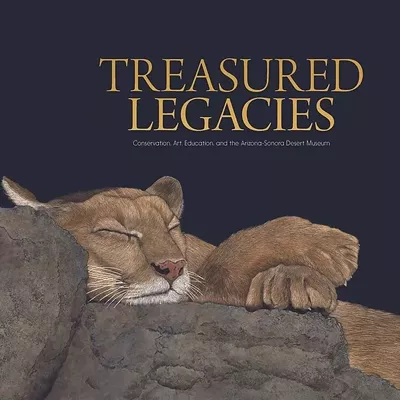The painting takes up vast amounts of eye bandwidth, and the dribble appears to be a mistake. Worse, the artwork is untitled, which makes me wonder: What was the artist thinking, and how did it get here? While reading Dining in the Lineman's Shack by John Weston, I experienced similar puzzlement at his stream-of-consciousness writing style.
Unfortunately, the title is most unappetizing. What is a lineman? According to Weston, it's a male person who rides the lines--but what lines? Train lines, telephone lines, gas lines? And this shack is not exactly the psychedelic, sugar or love shack. Made from corrugated sheet metal and barbed wire, the home's mish-matched, Montgomery Ward wallpaper, glued on with a flour-water paste, provided a snack for hungry mice scurrying through the night. Dishes were purchased for five cents each from cereal or soap boxes and absolutely nothing was thrown away--early recycling.
The author, a former creative writing professor from the University of Arizona and director of the Poetry Center, grew up in Skull Valley and Prescott. This book is a tribute of sorts to his mother Eloine (pronounced Elo-ween) who created gustatory memories from very little. Her sense of class distinction had much to do with how people fed their children.
Weston's foray into gastronomy began at the tender age of 10, when he devoured his first mountain lion barbacoa sandwiched between slices of gummy white bread and in between gulps of illegal beer. Since then, the mountain lion has become endangered--or maybe we'd all be eating it today.
As a young boy, Weston's idea of a perfect lunch was "Wieners boiled till they busted, then sliced lengthwise onto white bread with mayonnaise, a plop of potato salad, and hot donut holes with milk from a Carnation can half diluted with water."
The book swells with recipes purveyed from the simplest ingredients: Miss Ruby's cupcakes, roasted wild venison, goat in the ordinary kitchen, greens with ham hocks, fried chicken, Eloine's oxtails, rodeo pie, double boiler dessert--to name just a few.
Another way of describing what's on the menu is determined by the availability of birds and beasts. It is a sign of economic collapse when a city's public areas become devoid of pigeons. To country people in need, pigeons are ordinary food to be marinated before grilling or pan-frying. And quail greased with assorted fat drippings is almost a delicacy.
"The Dad" was 56 years old when the author--the youngest of five children--was born. When Dad dies, life improves for everyone as the family gets its first taste of city living in Prescott.
Lest you think the book is only about what's on the table, there are also flash-in-the-pan snippets of mutual masturbation, voyeurism, intercourse and oral sex (between his "extremely hung" 13-year-old brother, Jimmy, and an 11-year-old neighbor girl) and Weston's own virginal pastoral sexual experience.
Although some of the language is very vivid (and some not), the book's sequencing rambles slowly, like trying to cook a goat in a crock pot. In one paragraph, Weston talks about tuna fish, and in the next paragraph, we're observing Helen (whoever she is) in a French café eating salad niçoise. She's having a flirtation with Nicholas, the handsome waiter. How we got there is not clear. We feel the sexual tension when Nicholas mentions that Helen reads until midnight. This revelation makes Helen very uncomfortable, and before we know it, we're back in dreary Skull Valley frying up catfish in lard.
The author faces the universal challenges that adolescents bring to the table: "There's just two parts to my life--school and church--and I'm not allowed to say anything without someone having a cow. It's such a shit." Some things never change.
As an adult, Weston reminisces about what he likes to eat when alone: First course is fresh oysters to be slurped noisily from the shell served with Mexican salsa and Tecate beer. Macaroni and cheese from the box with a mélange of cheeses then placed under the broiler for a minute to toast the breadcrumbs dotted with butter. Serve with Pinot Grigio. Lastly, garden tomatoes in hot biscuits with butter, canned sardines mashed with mayo and onion or cold fried chicken and deviled eggs washed down with Bordeaux.
Is Dining in the Lineman's Shack a good read? It's an ongoing diatribe of the best of times (according to the author) and the worst of times based on socio-economic history. The book could have been better edited as a short stack of stories instead of endless chapters. Bon appétit.







